Photos from Eric Haak of the 3-Alarm fire in Maywood, 12-26-25
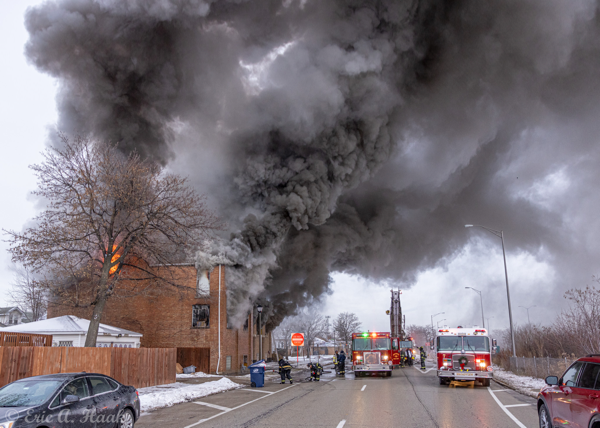
Eric Haak photo

Eric Haak photo
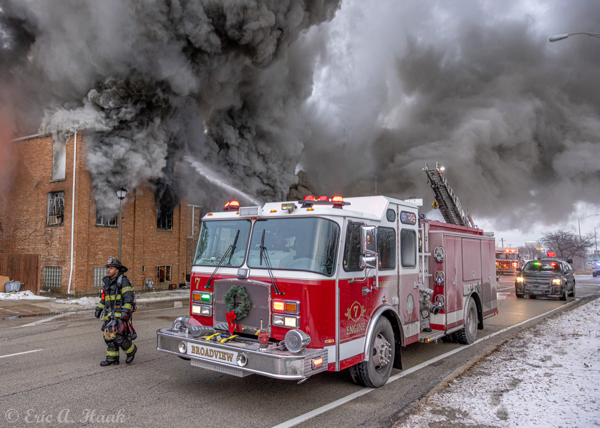
Eric Haak photo
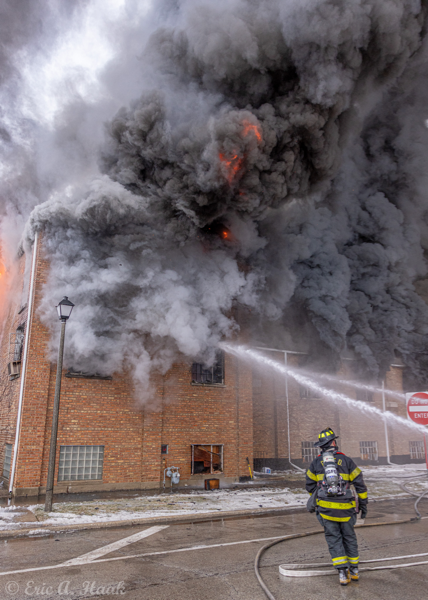
Eric Haak photo
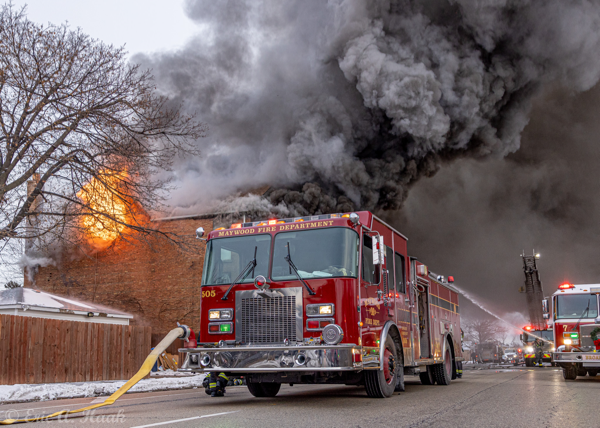
Eric Haak photo
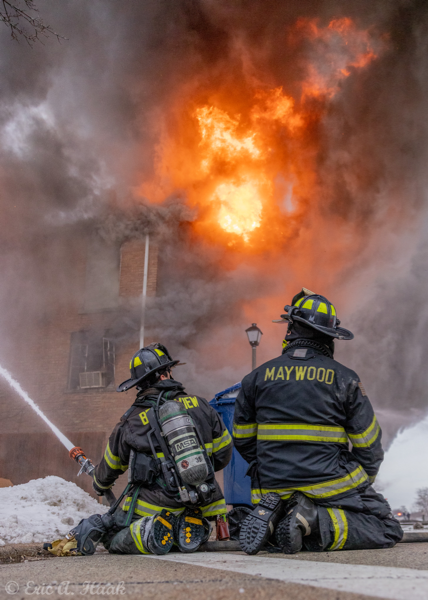
Eric Haak photo
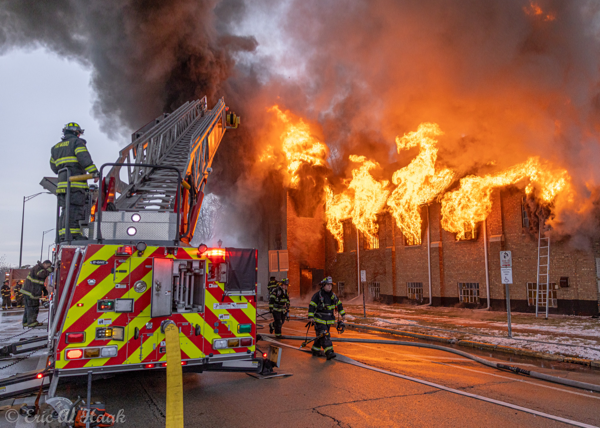
Eric Haak photo

Eric Haak photo
Dec 26
Posted by Admin in Apparatus on-scene, Fire Scene photos | 1 Comment
Photos from Eric Haak of the 3-Alarm fire in Maywood, 12-26-25

Eric Haak photo

Eric Haak photo

Eric Haak photo

Eric Haak photo

Eric Haak photo

Eric Haak photo

Eric Haak photo

Eric Haak photo
Tags: #EONEStrength, 3-Alarm fire in Maywood, Broadview FD Engine 7, chicagoareafire.com, Chicagoareafire.com/blog, church fire in Maywood, E-ONE aerial at fire scene, E-ONE fire engine at massive fire, Eric Haak, Maywood FD Engine 505, Maywood FD Truck 502, Maywood Fire Department, Spartan
3-Alarm fire in Maywood in a church at Harrison and 15th Avenue
Heavy Fire From Maywood Structure Inferno @CitizenApp
2415 W Lexington St 3:49:45 PM CST
Tags: 3-Alarm fire in Maywood, chicagoareafire.com, church fire in Maywood, Maywood Fire Department
Dec 26
Posted by Admin in Fire Department History | Comments off
From Phil Stenholm:
Another installment about the History of the Evanston Fire Department
Tags: chicagoareafire.com, Chicagoareafire.com/blog, Evanston FD Chief Henry Dorband, Evanston Fire Chief Sam Hicks, Evanston Fire Department history, History of Evanston Fire Department, Phil Stenholm
From the East Hazel Crest FD Facebook page:
“Tonight we took delivery of, and put into service, a new set of extrication tools from AMKUS Rescue Systems. This new set of tools is replacing our current set of tools that are over 30 years old! These new tools are powered by DEWALT batteries opposed to our old set which was powered by hydraulics. Battery powered tools allow for quicker deployment of tools, quicker operation, more maneuverability, fewer failure points, and less maintenance. On top of these new extrication tools, we also were able to put into service a new set of DEWALT power tools. In addition to these tools we were able to also purchase a 3rd extrication tool built by AMKUS Rescue Systems commonly called a “combi tool” which will be placed into service on our front line engine.
Did you know that vehicle construction and safety has greatly advanced in the past 30 years? Vehicles nowadays are built using ultra high strength metals. The use of these metals means you have a higher probability of surviving vehicle accidents with less significant injuries. However the use of these metals means older equipment like the set we are replacing aren’t able to adequately cut these materials. This means in the event that someone was trapped, our old tools may have delayed the removal of a patient trapped in a vehicle.We would like to formally thank Mayor Tom Brown and the Village of East Hazel Crest Board of Trustee’s for approving the purchase of these new tools (referred to as a spreader and cutter). We would also like to formally thank Tom with Dinges Fire Company for assisting us in the purchase, training, delivery, and servicing of these new tools.Lastly, but certainly not least, we would like to thank every citizen, business, and guest who has either visited us at our various events this year or made donations as it was these funds that allowed us to purchase the 3rd extrication tool and DEWALT power tools. These new tools built by AMKUS Rescue Systems powered by DEWALT batteries alongside our new DEWALT power tools ensure we’ll be able to help anyone no matter the emergency! “
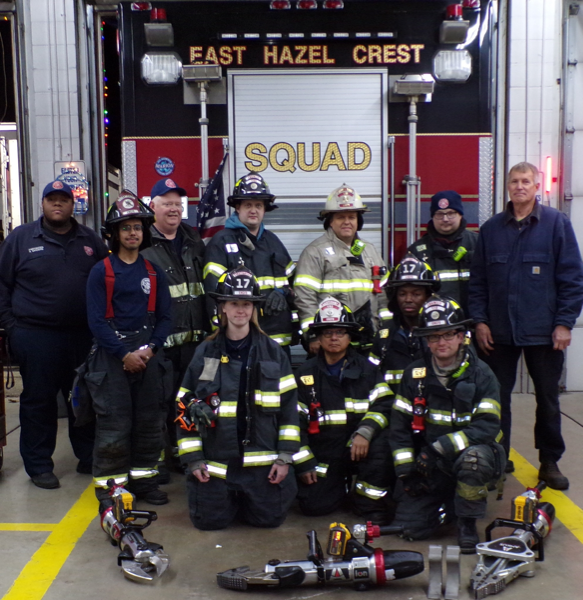
East Hazel Crest FD photo
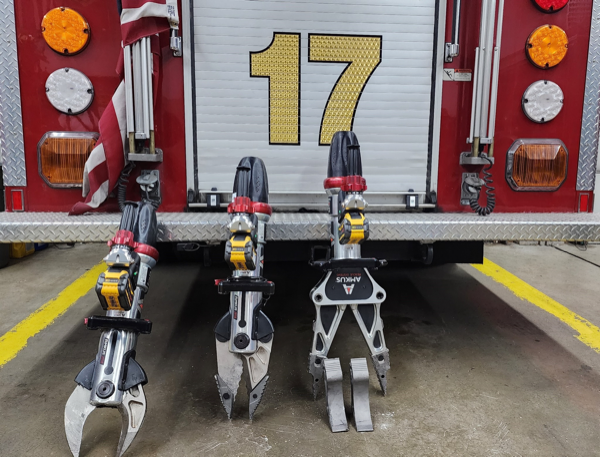
East Hazel Crest FD photo
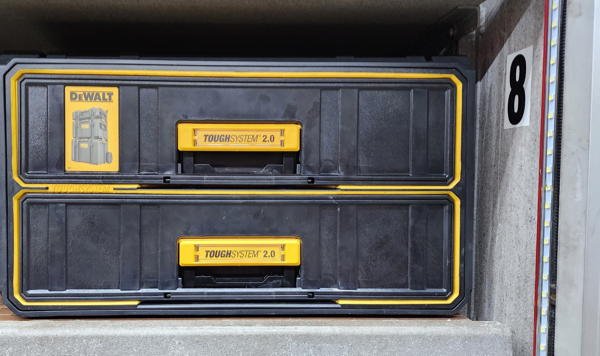
East Hazel Crest FD photo
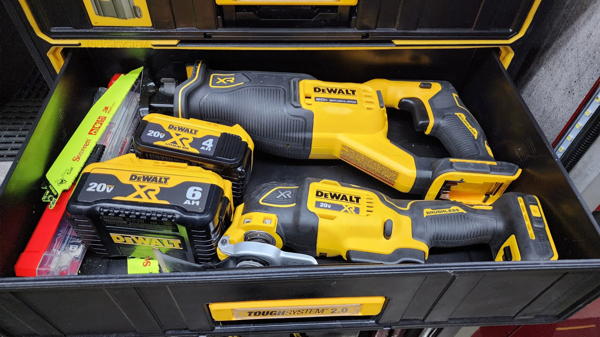
East Hazel Crest FD photo
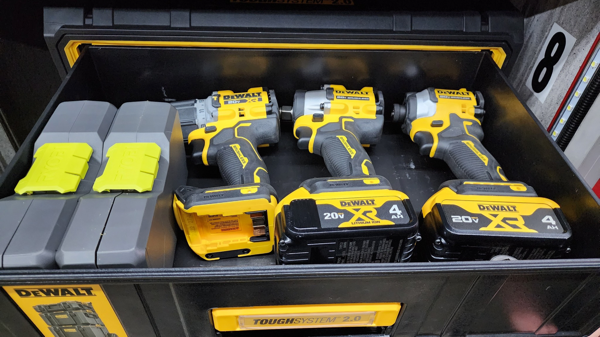
East Hazel Crest FD photo
Tags: chicagoareafire.com, East Hazel Crest Fire Department, fire department receives new Amkus Rescue System
You are currently browsing the archives for Monday, December 26th, 2022

For the finest department portraits and composites contact Tim Olk or Larry Shapiro.
Arclite theme by digitalnature | powered by WordPress